Dental Bone Grafts
Reasons for Dental Bone Graft
Bone resorption or bone loss of the jawbone can be rebuilt with a surgical procedure know as bone grafting. Bone resorption will affect your oral health and change your facial appearance. Bone grafts are used in these situations:
- To build up the jawbone so it can support dental implants
- To restore a collapsed facial profile and lip support that creates more youthful facial features
- To smooth out skin wrinkling around your mouth
- To help with TMJ pain and headaches caused by a misaligned bite
Anytime a tooth is missing for a significant amount of time, jawbone resorption will occur. The longer the tooth is missing the greater the chances of other teeth shifting. As a result, the shifting and bone loss may make placing an implant difficult or impossible.
Bone grafting allows Dr. Schmelter to grow bone where it is needed so he can place implants securely. Patients are able to have both the function and aesthetics of their teeth restored. Some dental procedure can only be done with the placement of bone grafting.
Tooth loss and extraction is the most common cause of jawbone loss. Other causes are developmental deficiencies, facial trauma, and tumors. Tooth misalignment and sinus deficiencies can also contribute to bone loss.
Types of Bone Grafts
Dental bone grafting can be done using a variety of materials. Depending on the individual treatment plan and the patient, Dr. Schmelter may choose one option over another. The types of bone graft materials are:
- Autograft or autogenous bone grafts is when bone is taken from another part of your own body. Sometimes platelet rich plasma, or PRP, is mixed with human donor tissue.
- Allograft or allogenic bone uses cadaver bone. Cadaver bone cannot grow itself, but it can create a bases for your own jawbone to grow and attach to.
- Xenogenic bone grafting is taken from another non-living species, usually bovine, to increase jawbone volume. Both allograft and xenogenic bone materials are treated before surgery to ensure purity.
After Bone Grafting Care
Minimizing the dislodging of the bone graft is priority after surgery. Although particles of the bone may be found in your mouth the first few days after placement, there are measures you can take to retain the graft. Several things to do are:
- Avoid touching the wound
- Do not rinse or spit vigorously as that may dislodge the blood clot and bone graft
- Do not smoke. Smoking increases the risk of graft failure.
- Avoid drinking through a straw. The suction can disturb the graft.
If your bone graft was performed in the sinus cavity (sinus augmentation) addition precautions are:
- Do not blow your nose. You may wipe or dab if necessary. If you need to sneeze, do so with your mouth open.
- Reduce sinus congestion by using an over the counter decongestant during the healing period.
- Avoid all activities that increase the pressure in the sinus cavities such as blowing up balloons, scuba diving, and playing a musical instrument
Dental bone grafting is a game changer in dentistry. This procedure has created opportunities for dental restorations previously not possible for patients with jawbone deficiencies. How could bone grafting enhance your smile and your quality of life? Make an appointment to find out.
